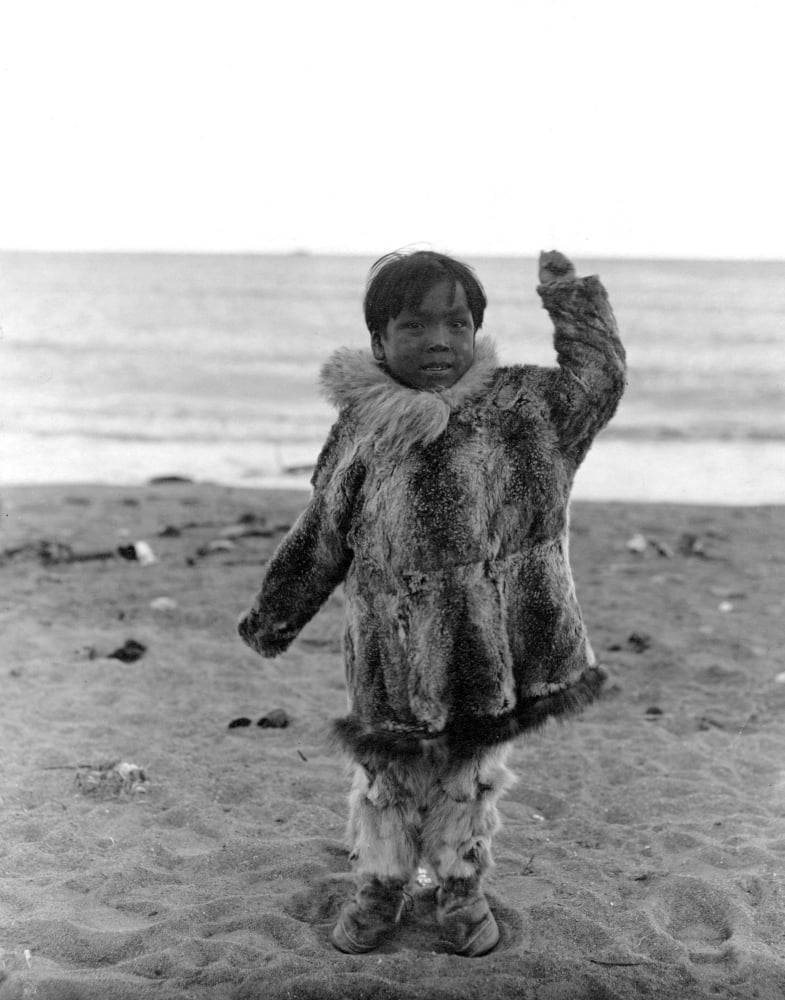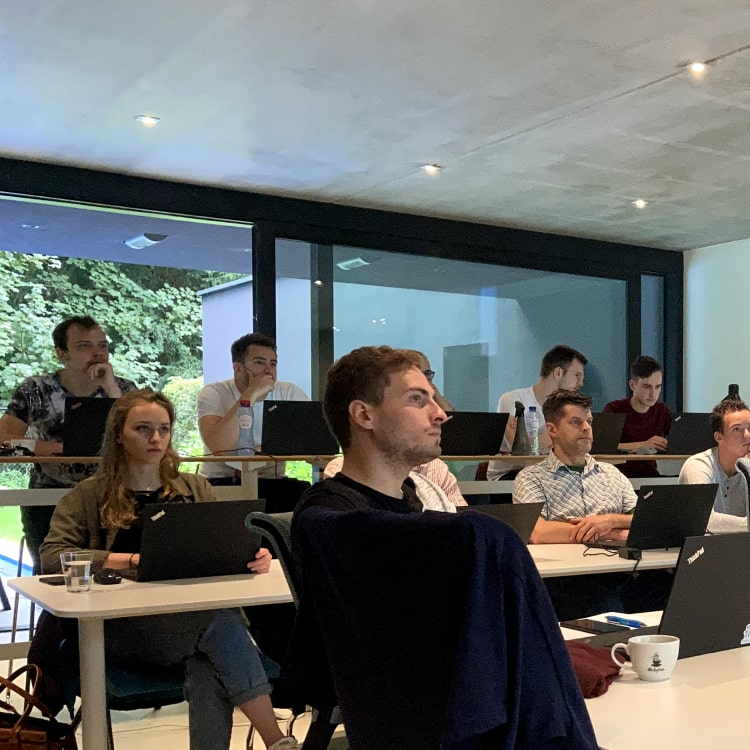
Studies comparing the different languages of the Inuit with Ojibwe or Cree indicate that they originated completely separately. Inuit people are both culturally and biologically very distinct from neighbouring indigenous communities in the rest of the Americas, or the Saami on the Russian side. This could mean that the Inuit people have migrated to Alaska even earlier, but we haven’t found the evidence for it yet. The reason we know this is because scientists have excavated artefacts in Alaska which were very similar to those from Siberia, the artefacts were 3,800 years old. It is believed that the descendants of the Siberian Inuit have settled in Alaska about 4,000 years ago and spread to the rest of the Americas from there. The earliest artefacts from the Inuit people are from 18,000 years ago and they were discovered in Siberia. There is a very long history behind the origins of the Inuit people, one that has evolved into a rich cultural heritage, which it still has to this day. Obviously, eating raw meat is not the one thing that defines the Inuit people of Canada, or ‘Inuk’ if referring to a single person of Inuit descent. Furthermore, if translated into Alonquin laguage (spoken by indigenous people in Ontario and Quebec, Canada), ‘Eskimo’ means: ‘eaters of raw meat’. The term Eskimo is regarded by many as a derogative term because it is used to describe a very large group of people with different traits and languages. In Canada, Greenland, and Northern Alaska, the indigenous people above the polar circle identify with Inuit or the subgroup ‘Inupiat’, while ‘Yupik’ refers to the indigenous people inhabiting Alaska and eastern Siberia. Each of these terms is used by different settlements. The term Eskimo is slowly being replaced by the term ‘Inuit’ or ‘Yupik’, which means ‘the people’. But! The native people of the northern polarcircle do not actually call themselves ‘Eskimos’, this is a term given to them by European settlers. Stricktly speaking, eskimos can also be regarded as native Americans, because what western people call ‘eskimos’ are actually the indigenous people inhabiting parts of the northern circumpolar region ranging from Siberia to parts of the Americas (Alaska and Canada).

Two of those can not be considered a tribal community, namely ‘the native Americans’ and the ‘Eskimo’.

The most commonly mentioned are the Maori, the ‘native Americans’ and the Eskimos. What is most striking in those conversations, is that many people in Europe and the rest of the Western world today can not name more than 2 different tribal groups. As a non-profit promoting indigenous culture, we talk a lot about indigenous people to a lot of different people.


 0 kommentar(er)
0 kommentar(er)
